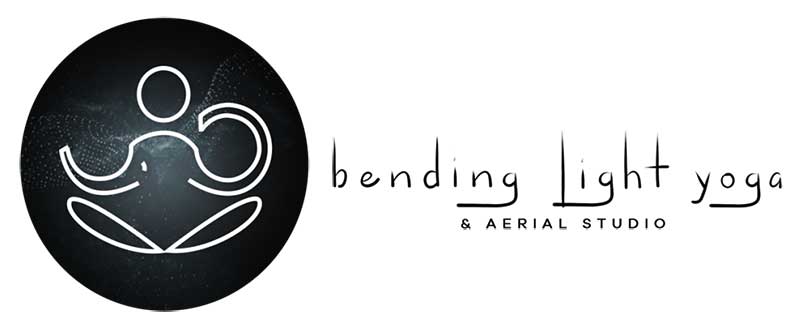“Breaking the Cycle – Steps for a fresh start on a NEW year!
Welcome to the kickoff of our blog series, “Breaking Free from the Health Resolution Loop.” In this edition, we’re diving into the common struggle we face each new year – setting health goals that feel eerily familiar. Let’s unravel why we find ourselves stuck in this loop and how we can take tangible steps toward lasting change.
Understanding the Repetition:
Ever notice how our health resolutions seem to echo previous years? It’s not just you. We’re wired to repeat patterns, often influenced by our experiences and perceptions. I noticed this when I was looking back over my old journals. I was reading them and seeing that I had changed a few things but not a lot. I didn’t think too much of it until I found an entry that recorded the year, 2004. “OH MY GOSH,” I thought I was reading my journal from the previous year and not previous decades. That got me thinking and researching why this was happening and then what could we to to break free, of this cycle. To free ourselves of this Groundhog Day pattern we first need to understand why we’re stuck in this loop.
The Amygdala’s Role:
Meet the amygdala, our brain’s emotional hub. It stores memories, especially those linked to emotions. Often, the resolutions we set are tied to past experiences, especially from our childhood. Dive into how the amygdala can misinterpret situations, leading us to see ourselves through the lens of our younger, perhaps less confident, selves.
Fear Response:
Problem: The amygdala is wired to prioritize negative experiences, triggering a fear response. This bias toward negativity can lead us to avoid new experiences or challenges that might benefit us. Also, what scared or frightened us as a kid, like being in the house alone, might still carry a lot of emotion even though we are a fully capable adult.
In my own journey, as a shy kid, I rarely spoke up. Forced interactions often left me tongue-tied and embarrassed, fostering a HUGE fear of public speaking. Despite discovering later that I had a knack for it, my amygdala clung to the old belief that I should stay in the background.
Solution: Breaking free meant challenging this deep-seated pattern, realizing I was more than my past, and stepping into the spotlight I had avoided for so long. It’s about rewriting our stories and allowing ourselves to evolve beyond the limitations our amygdala tries to impose.
Automatic Responses:
Problem:
The amygdala is responsible for rapid, automatic responses. When faced with a situation reminiscent of a past challenge, it can prompt reactive behaviors rather than thoughtful responses. This is a BIG one. Our amygdala’s memories will pop up first causing us to “REACT” without thinking. This is a great opportunity for us to notice these “triggers.”
Solution:
Here’s a game-changing strategy: pay attention to these triggers. Every time you sense a familiar reaction, jot it down. Take a journey to trace the origin of that thought, and then, rewrite your story. Dive into that moment through journaling or meditation, envisioning a different outcome. The brilliance of our minds lies in their inability to distinguish between fact and imagination, especially when infused with genuine emotion. Feel the change you seek, and watch your automatic responses transform.
Stress Impact:
Chronic stress, often influenced by the amygdala’s responses, hinders our ability to make rational decisions and pursue long-term goals.
Here are several Solutions on how to Shift these autopilot impulses that pull us further away from reaching our goals:
- Mindfulness Practices: Cultivate awareness of your thoughts and emotions through mindfulness. Recognize when the amygdala is influencing your reactions and consciously choose a different response.
- Reframe Negative Memories: Work with a therapist or use self-reflection to reframe negative memories. Understand them from a new perspective to lessen their impact on your present mindset. Sometimes envisioning yourself as a child and visually rewriting the story or occurrence of what happened. With repetition and frequency your mind and body will begin to shift your old thoughts to your new outcome. Time is not relative to the amygdala so it’s easy to rewrite what happened to create a more favorable outcome.
- Expose Yourself Gradually: Fear only chances us when we run from it. If we gradually face our fears and challenges they become less scary. Remember a lot of our fears are based on our younger and weaker selves not who we are now. F By exposing yourself to situations that trigger amygdala responses in small, controlled doses, you can retrain your brain’s reactions.
- Challenge Confirmation Bias: Let’s face it – we all have our set of beliefs. But here’s the twist: actively challenge them! Actively seek out alternative viewpoints and information that challenge your existing beliefs. Engage in activities that broaden your perspective and encourage cognitive flexibility. I’ve found that the more I explore different sides of a story, the less dogmatic I become in my views. Take weight issues, for instance – breaking the belief that it’s purely genetic and beyond my control has been a game-changer. Removing these self-imposed barriers puts the reins back in my hands. Our limited viewpoints and biases might be the very things holding us back from uncovering what truly works.
Breaking free from the amygdala’s hold requires intentional effort and a commitment to self-awareness. By understanding its mechanisms and implementing these steps, you empower yourself to forge a new path toward achieving your New Year goals.
http://www.bendinglightyoga.com/21-days/





